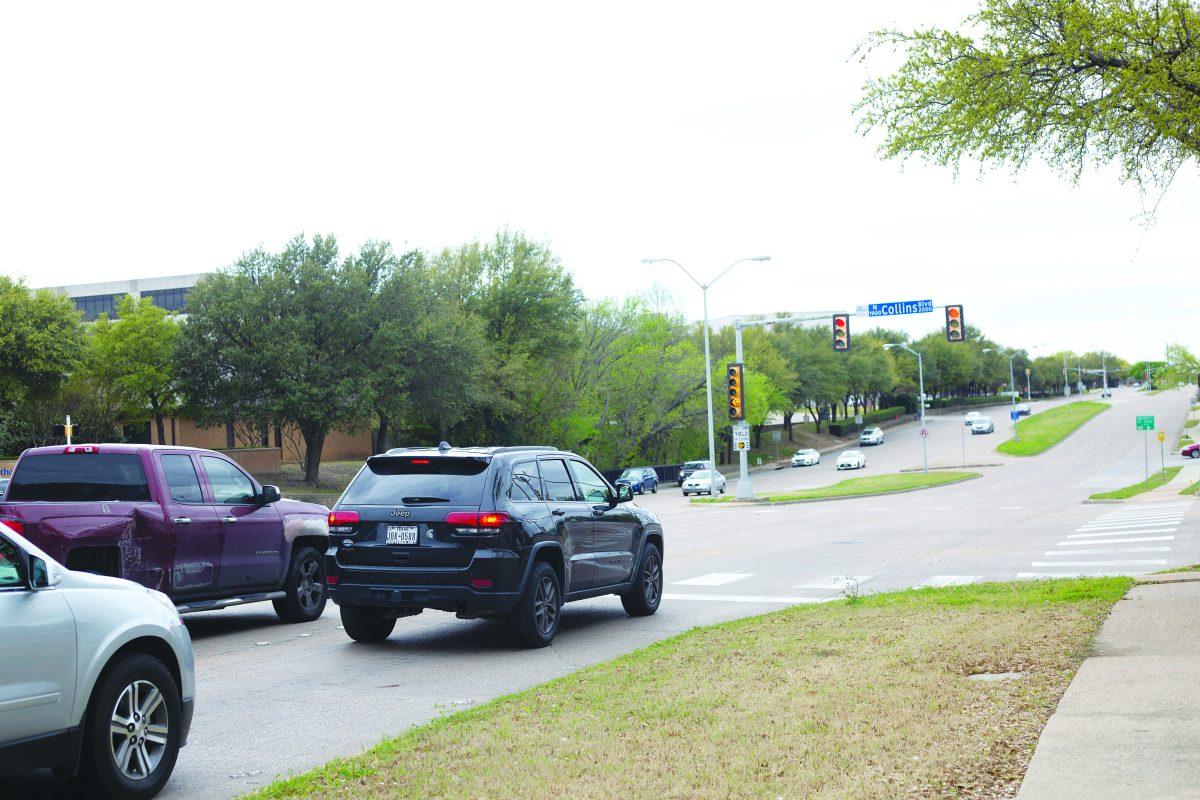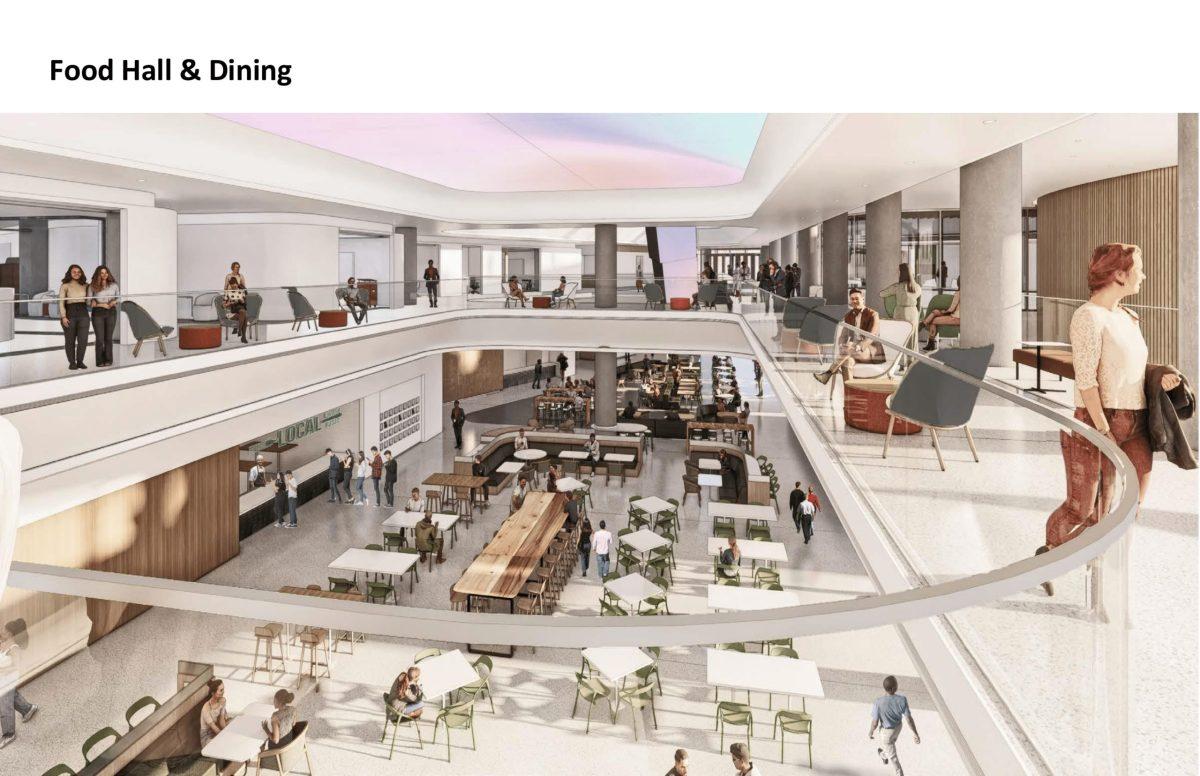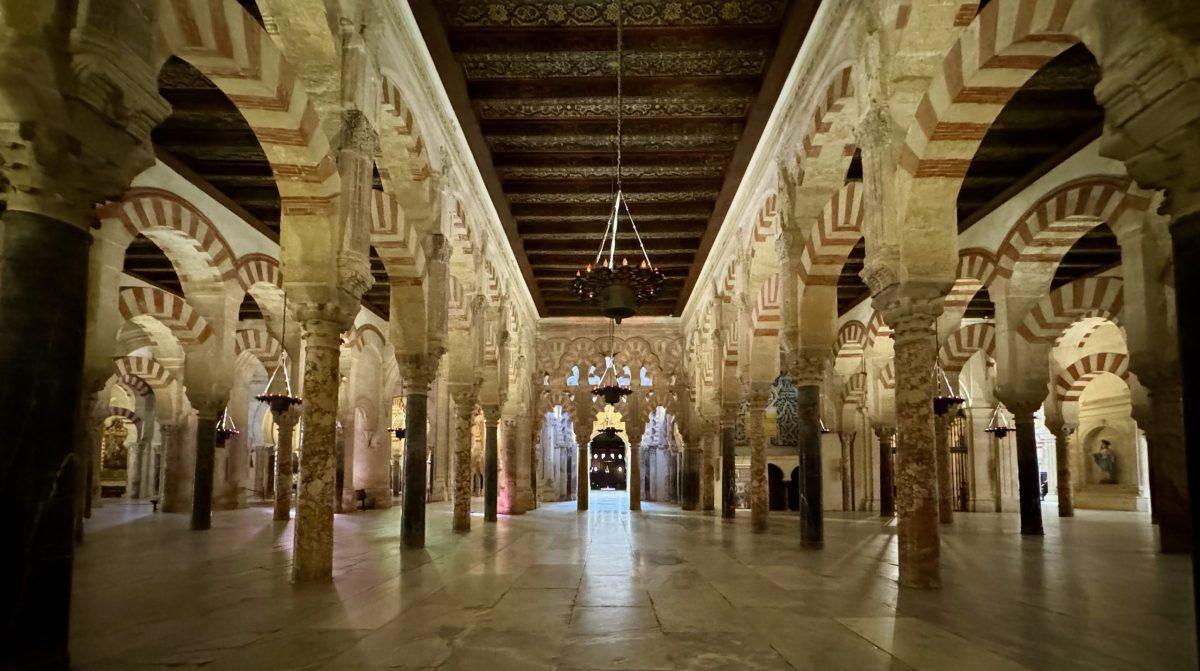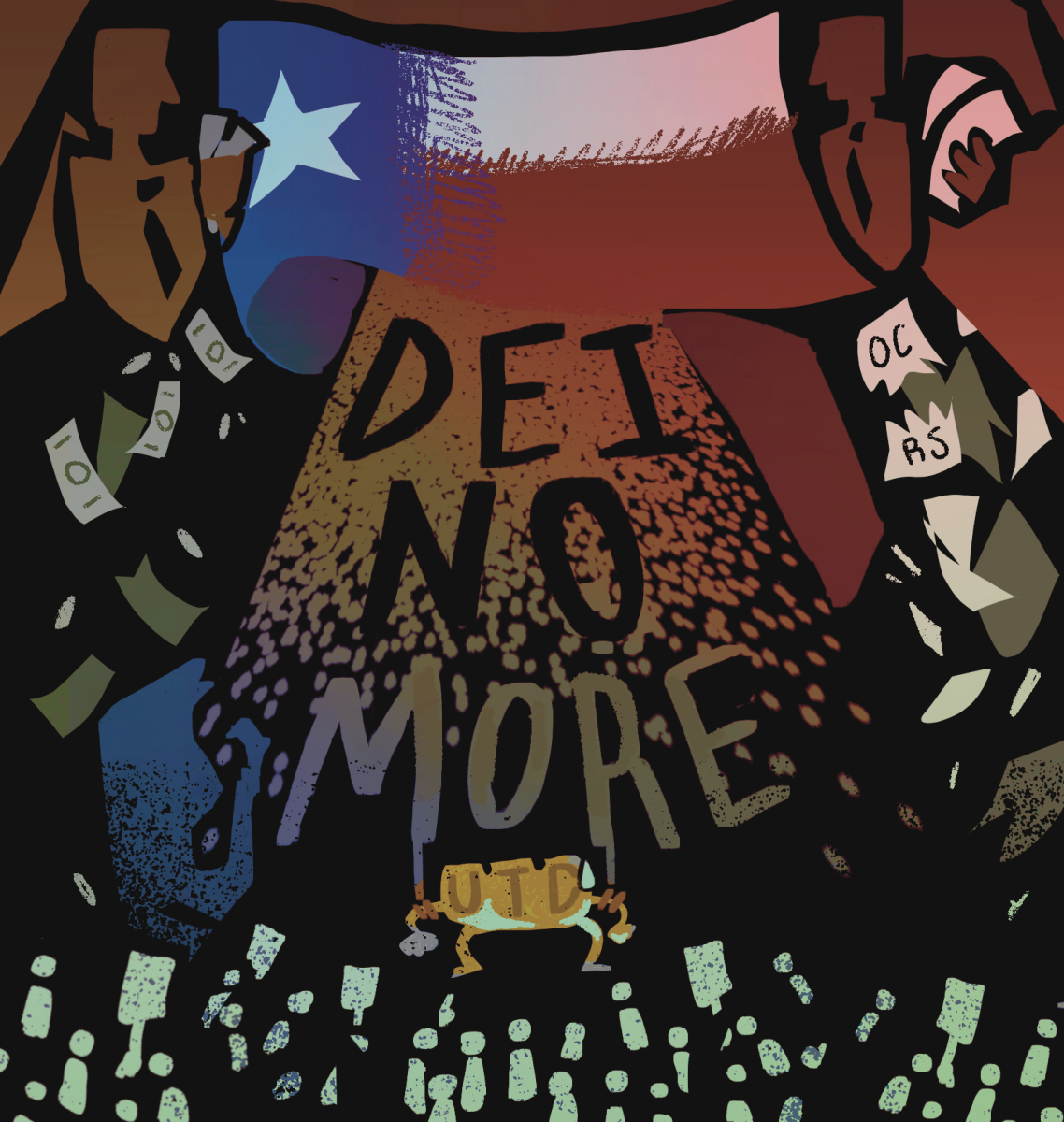A recently completed traffic study found Richardson traffic volume at its highest in over a decade, prompting officials to update traffic light infrastructure.
The study, conducted by engineering firm Big Red Dog, took three years and monitored traffic at signals throughout Richardson. The director of transportation engineering for Big Red Dog, Dan Hennessey, said the study showed a 1% year-over-year traffic volume increase from 2016 to 2018. Following the study, the North Central Texas Council of Governments gave $928,000 to the City of Richardson, after the city applied for $1.2 million, toward improving detection equipment and retiming around 100 traffic signals throughout Richardson.
“(Traffic) increased about between 10-15% since roughly 2011, and so now traffic volume goes back to where they were in their peak sometime around 2001 or 2002,” Hennessey said.
Robert Saylor, the city of Richardson’s traffic engineering and operations manager, said the Big Red Dog study was a comprehensive analysis of Richardson’s traffic.
“It was analyzing the performance and then comparing it to the cities and comparable arterials and locations in surrounding communities,” Saylor said. “It was more of a high-level analysis — it was not a detailed analysis of intersection by intersection.”
The study includes three main recommendations for improving traffic management in Richardson — updating the traffic signal cabinet and controller equipment, upgrading vehicle detection and updating traffic management system software. The city will update both the traffic signal cabinet and controller equipment — a process that can only be done on-site — as well as updating vehicle detection, which currently only monitors traffic at individual traffic signals using electromagnetic loops underneath the road surface that are less accurate than video detection.
“The existing (vehicle) detection is mostly in-pavement electromagnetic loops which are fine for individual signals, but they make it hard to manage a system,” Hennessey said. “The city is currently upgrading all of that to video detection, which will then in the future allow them to watch all intersections from their offices instead of having to visit a site (to view traffic).”
Assistant Director of Transportation and Mobility Mark Titus said the city applied for funding for vehicle detection upgrades to be made at 80 intersections and was awarded funding for 60 intersections. Titus also said that the city was awarded funding for retiming over half the intersections in Richardson.
“For the signal retiming project, we applied for funding to retime 120 of our 128 signals and then got awarded funding for 80 of those, which is pretty good,” Titus said. “That’s still over half of our signals.”
Hennessey said congestion occurred mostly during peak periods at expected locations such as major intersections and areas near U.S. Route 75. He also said UTD is a factor in the congestion in northwest Richardson.
“It’s the result of having a big, healthy, active university, and that’s not a good thing or a bad thing, but it’s one of the issues that the city is going to have to be aware of as they attempt to manage traffic west of 75 and along Campbell and north of it,” Hennessey said.
Design and production junior Rousvel Flores said the traffic in Richardson affects how he plans his class schedule.
“I have more classes on certain days rather than have it evenly spread out … because I’d rather not come to campus, waste gas and get stuck in traffic when I could be doing homework instead,” Flores said.







